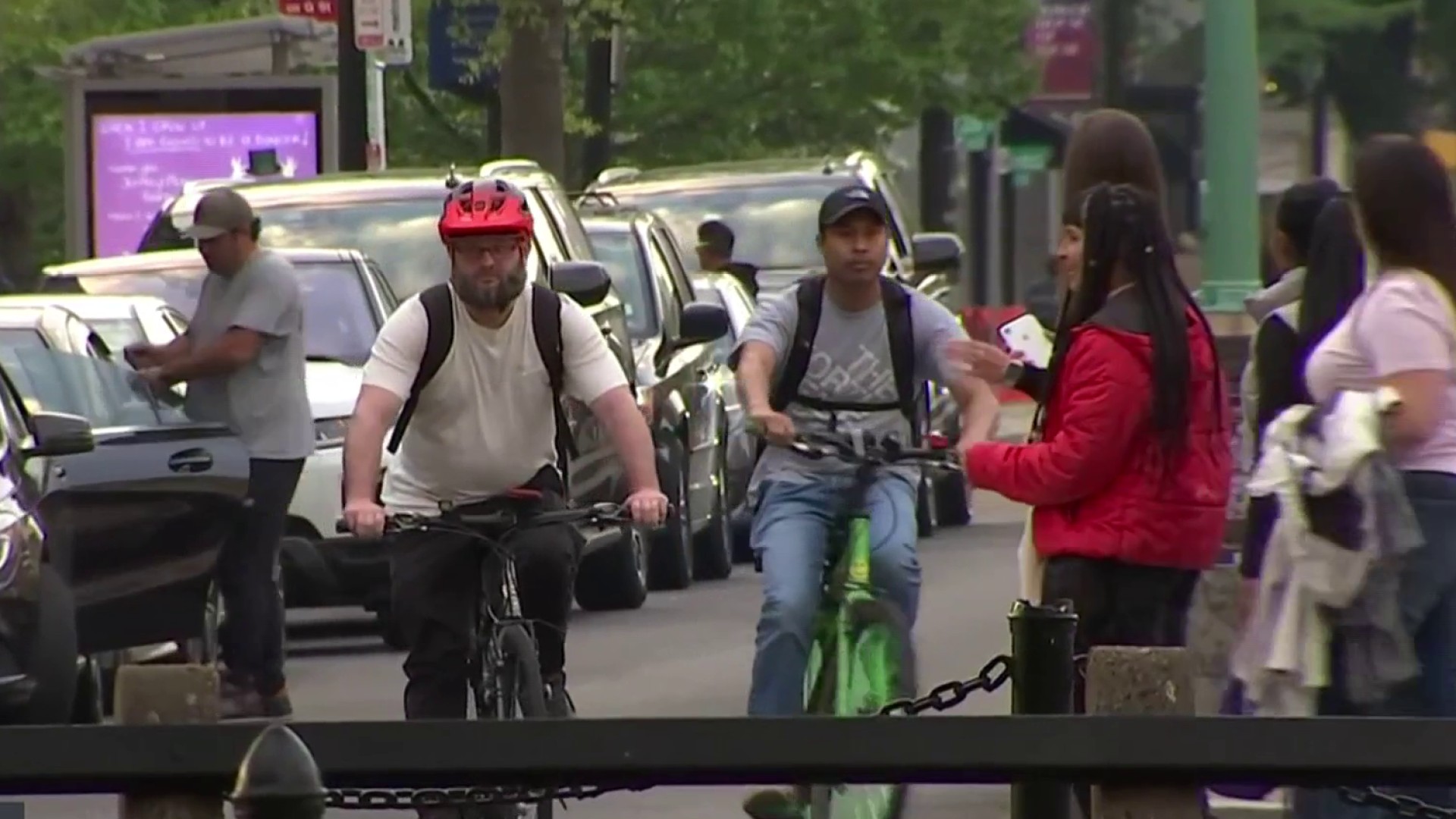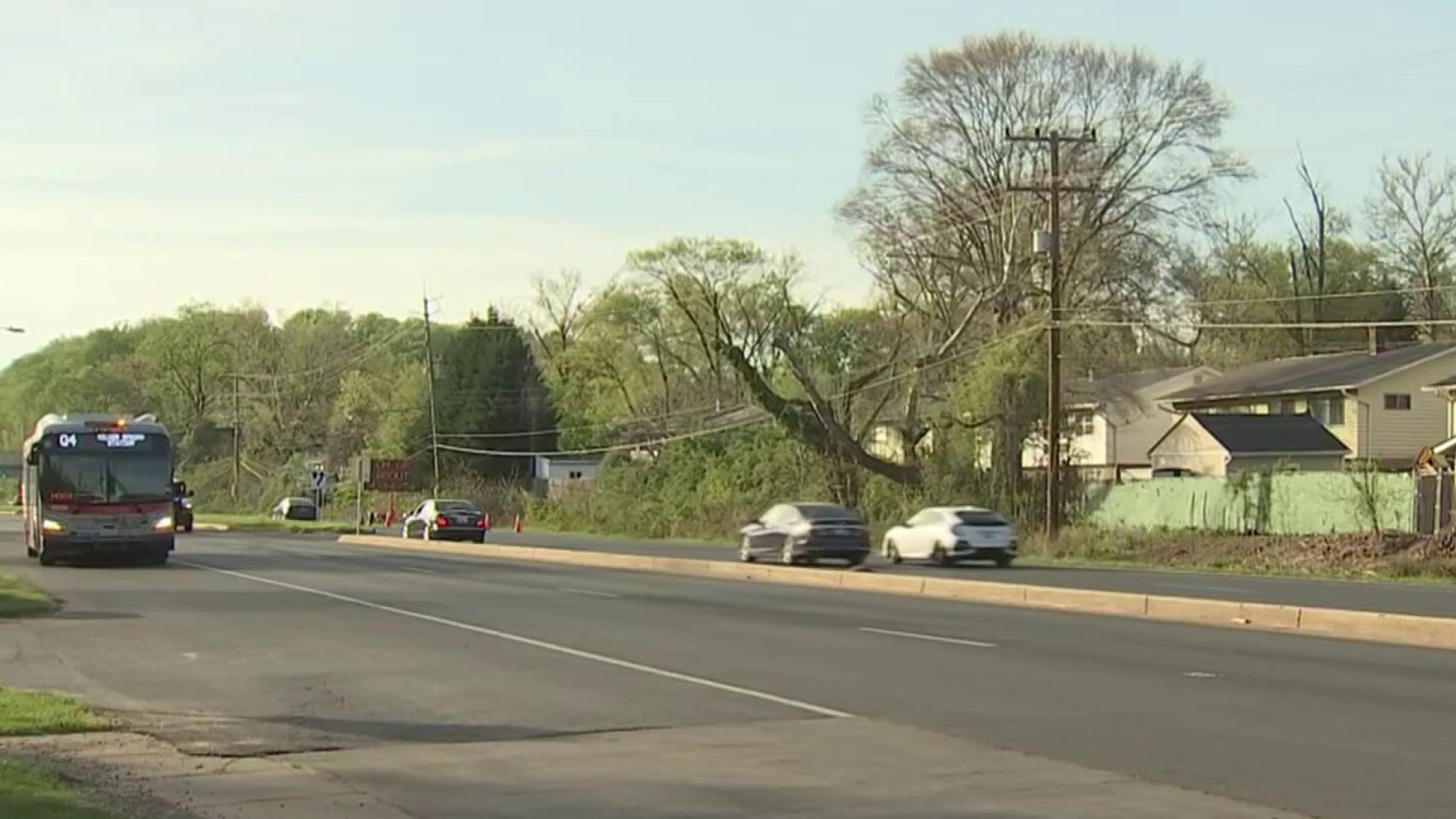As Hurricane Sandy approaches the East Coast, emergency preparedness officials say it's a good time to make sure you are ready for an emergency.
Whether this storm is as severe as some models predict - or this is simply a close call - every home should have a basic emergency plan and kit, they say.
COLLECT YOUR INFORMATION:
FEMA's Ready.gov web site says information is the first step of good planning.
Know if your home is in a flood-prone area. Obviously, that includes coastal areas -- but it also includes inland flood plains and neighborhoods known for their poor drainage.
In addition, know if you are in a hurricane evacuation area and learn where you'd go if you need to evacuate.
Know where your gas and water shut-off valves are located in your home.
Local
Washington, D.C., Maryland and Virginia local news, events and information
Have emergency numbers at hand, including the power company, gas company and your insurance carrier, including your policy number.
Remember, if you help care for family members in other homes, you might need that information for them, as well.
If you have young children, Ready.gov also has a kids' section with information and games for young people designed to arm them with information and ease any fears that preparation or media coverage of a storm could cause.
PREPARING FOR POWER OUTAGES:
The first thing is the simplest, but it's one that many people forget: Keep cell phones charged and keep a full tank of gas in your car.
Now's the time to get out a couple of lanterns or large flashlights and have them in a place that will be easily accessible if the power goes out. Avoid candles, which can be a fire risk.
As for food and water, FEMA suggests keeping one gallon of water per person per day, for drinking and sanitation. Remember to plan for pets as well, says the ASPCA.
It may sound extreme, but three days' worth of water is a good household guideline, FEMA suggests. Remember that children, nursing mothers and sick people may need more water.
FEMA suggests buying commercially bottled water.
Also, in your kit, have a three-day supply of non-perishable food -- foods your family will actually eat. Avoid foods that will make you thirsty, FEMA suggests. Salt-free crackers, whole grain cereals and canned foods with high liquid content are good ideas. And don't forget a manual can opener.
If the power goes out, don't open your refrigerator! If the power is out for less than two hours, the food inside will be safe to eat, the Centers for Disease Control says. If the power is out longer, follow these CDC guidelines for what to do with food in the fridge or freezer.
If you have a generator, never, ever use it inside or in an enclosed area. Deadly carbon monoxide can quickly build up.
PREPARING YOUR HOME
While the weather is good, check the drains near your home. Make sure they are not clogged with leaves or grass clippings. Check downspouts to make sure they aren't mud- or leaf-clogged.
Plan to bring in all outdoor furniture, decorations, garbage cans and anything else that is not tied down, FEMA suggests.
Check out your basement or low areas of your home. Elevate furniture if you are concerned about flooding. If you have flood insurance, make sure that you check coverage in a finished basement - some items may not be covered in a basement even if they'd be covered on other floors of your home.
If you are in a coastal area expected to see very high winds, cover all of your home’s windows. Permanent storm shutters offer the best protection for windows. A second option is to board up windows with 5/8-inch marine plywood, cut to fit and ready to install.
Despite all those photos you'll see from coastal areas, tape does not prevent windows from breaking.
FEMA also suggests residents in areas that could see severe wind consider installing straps or additional clips to securely fasten your roof to the frame structure.
And finally: Homeowners often forget about garage doors, but they are not impervious, and if wind enters a garage it can cause dangerous and expensive structural damage, FEMA says. Consider reinforcing them if you are in a vulnerable area.



